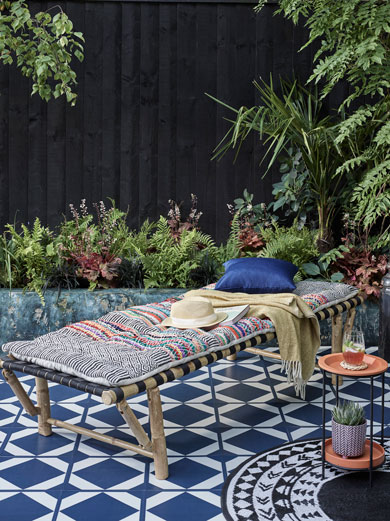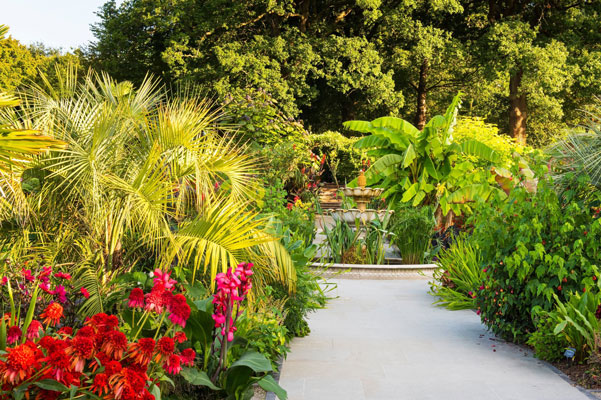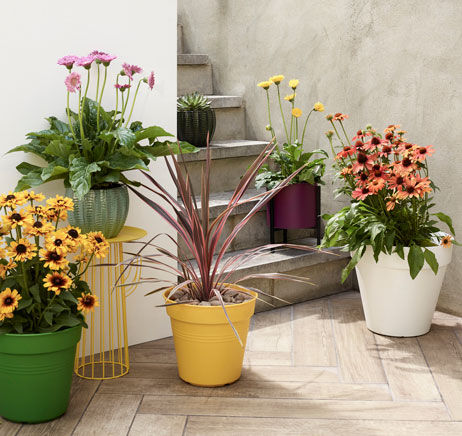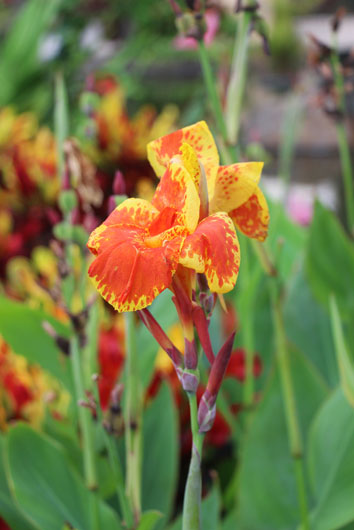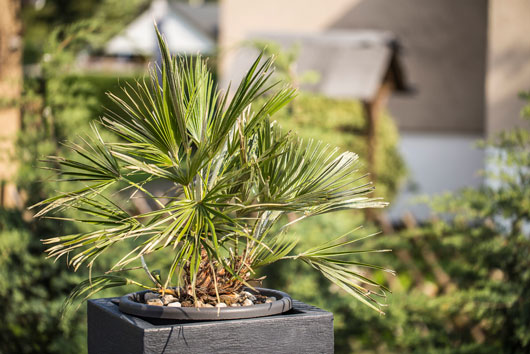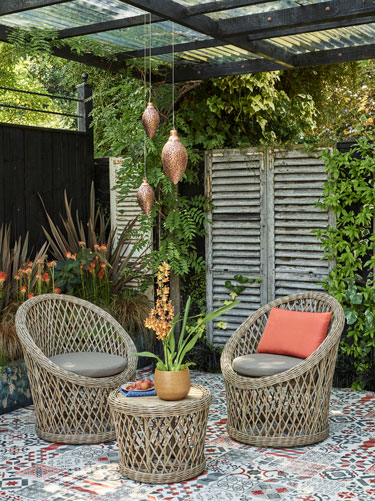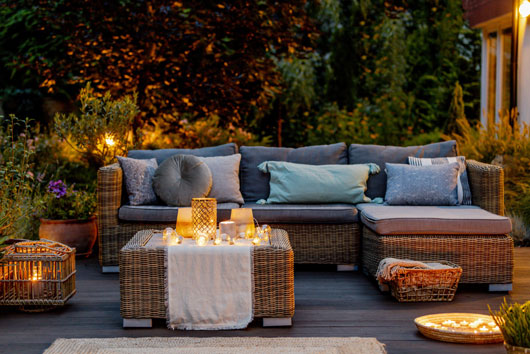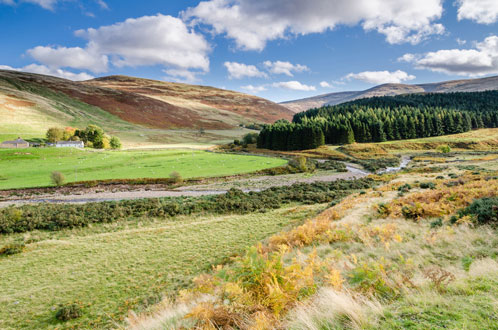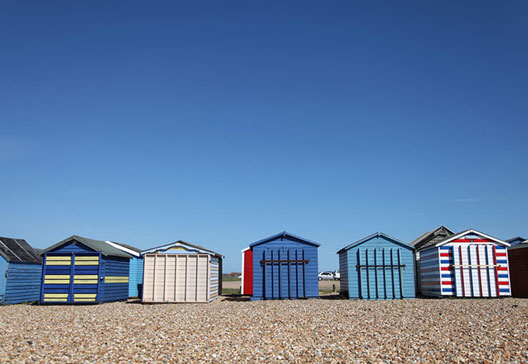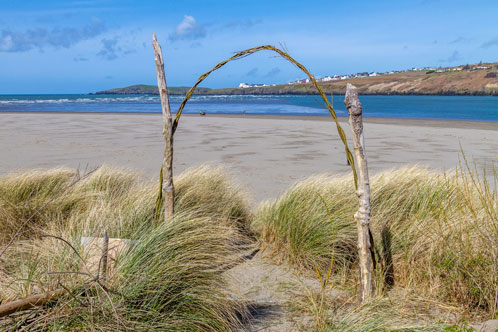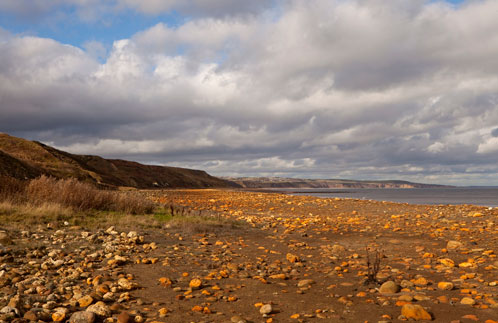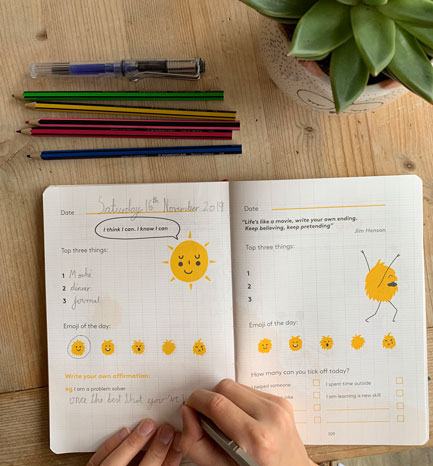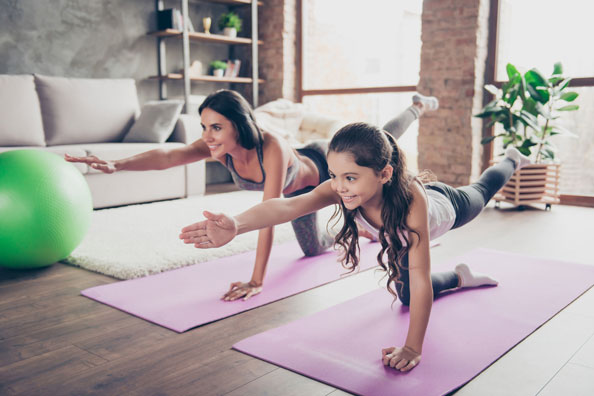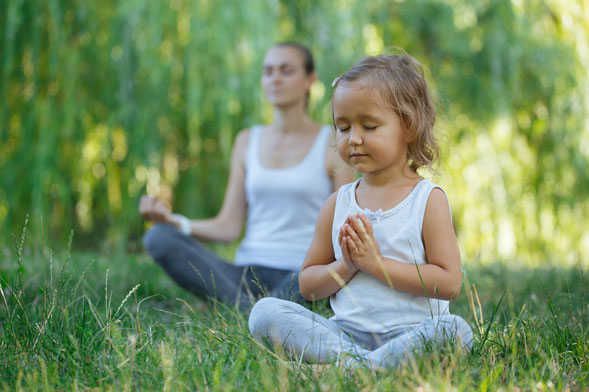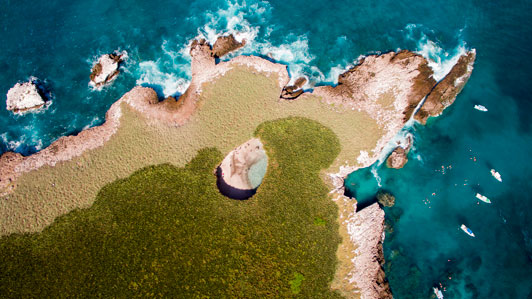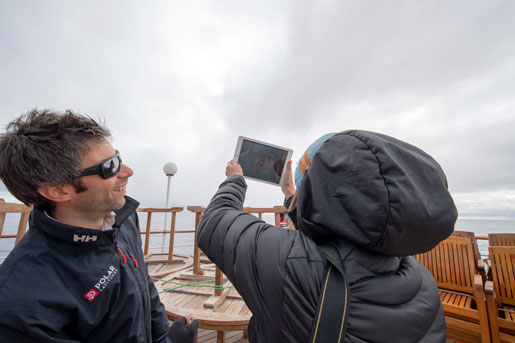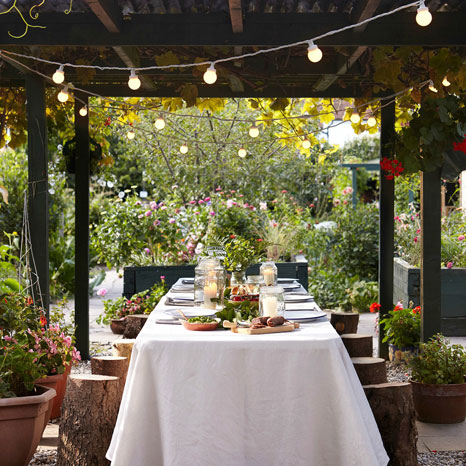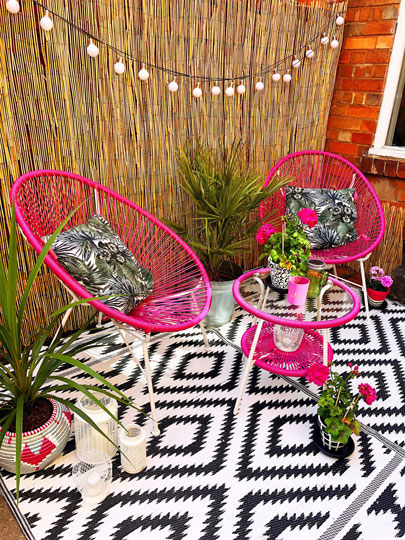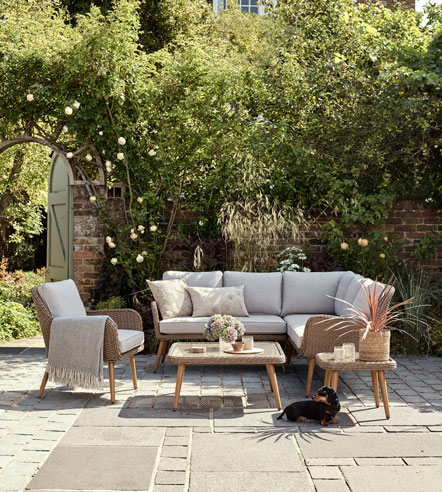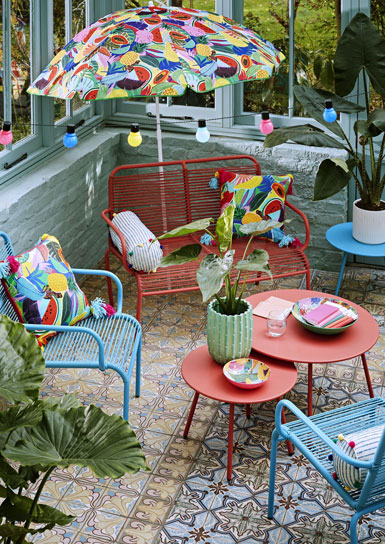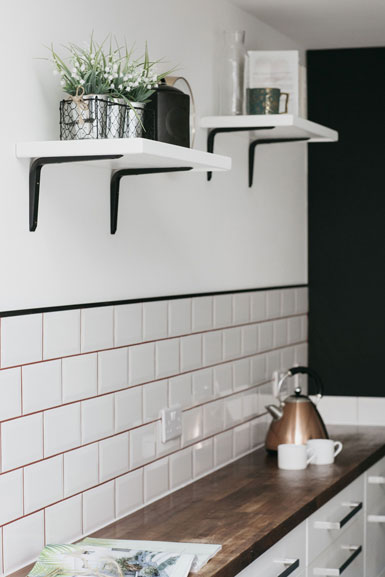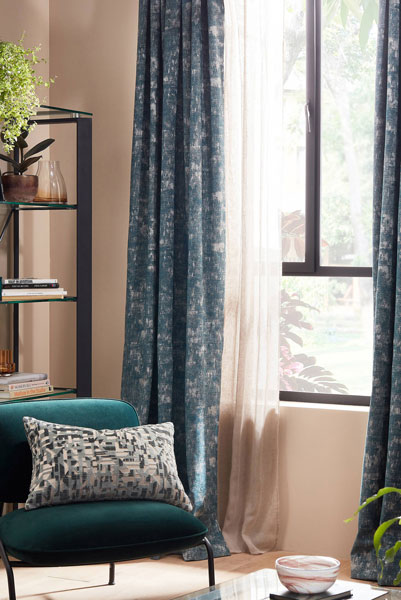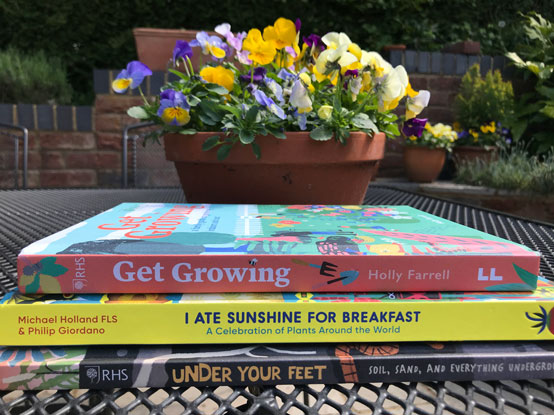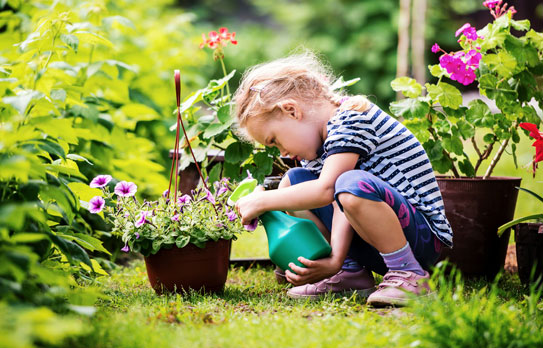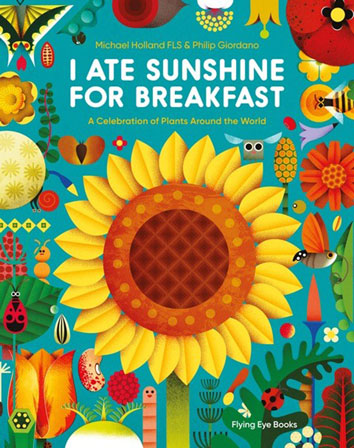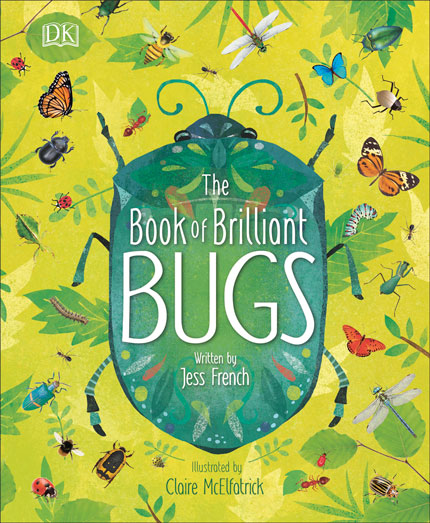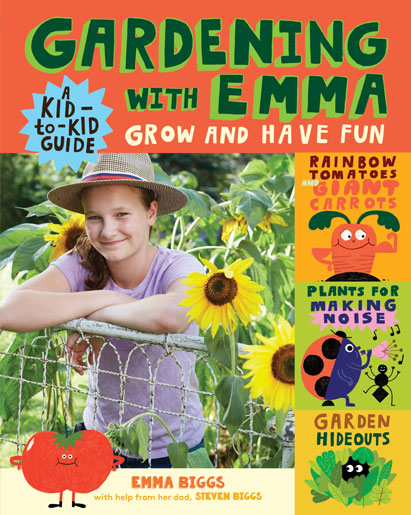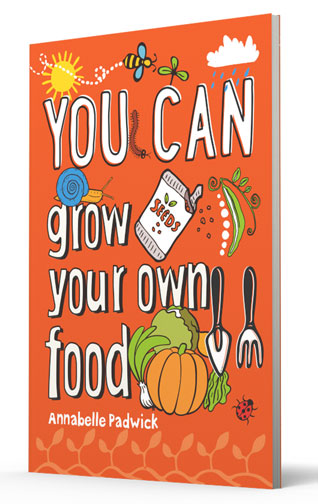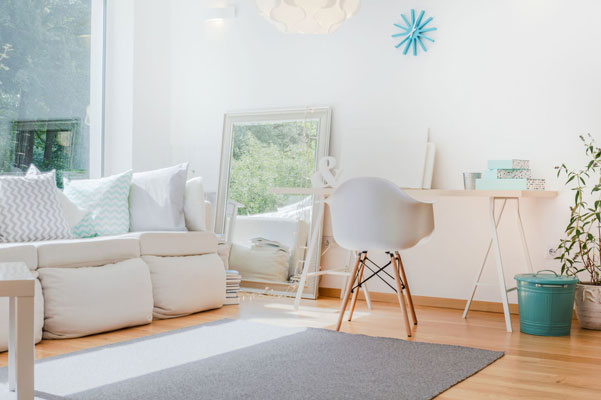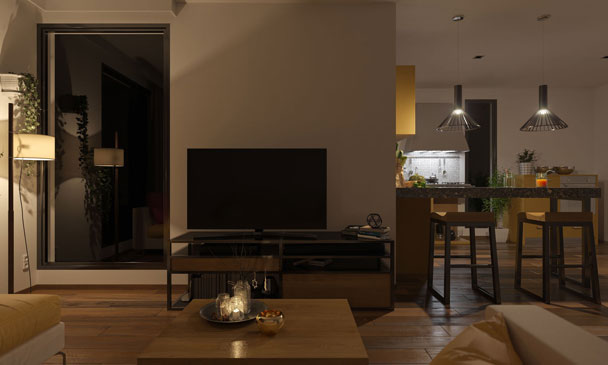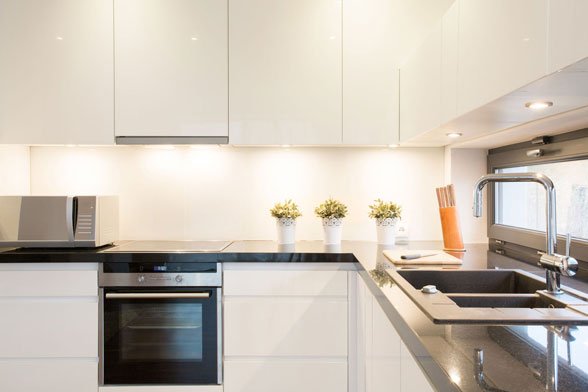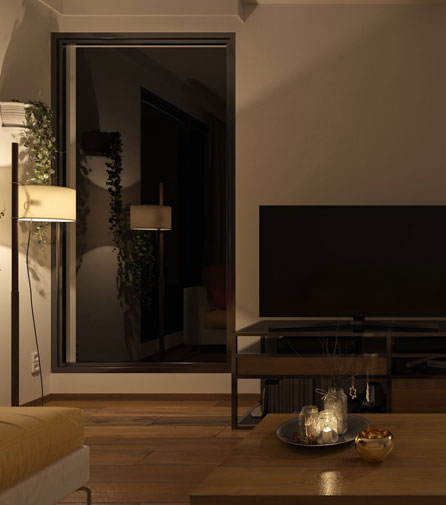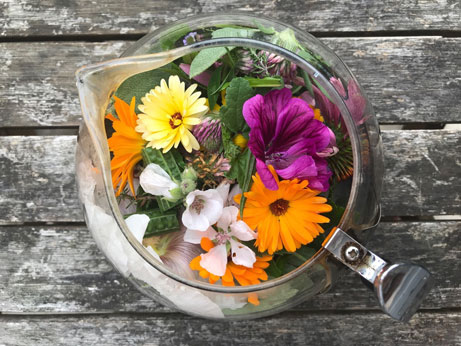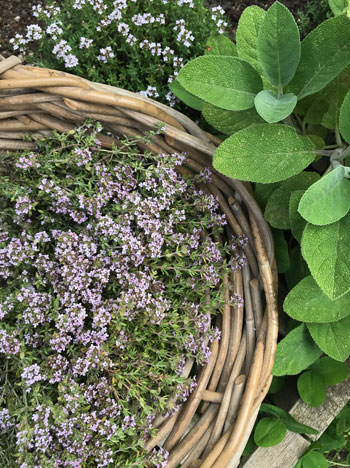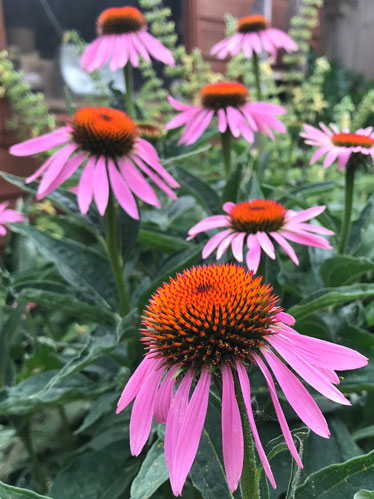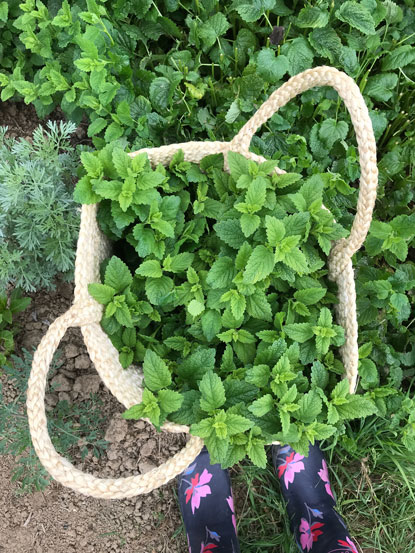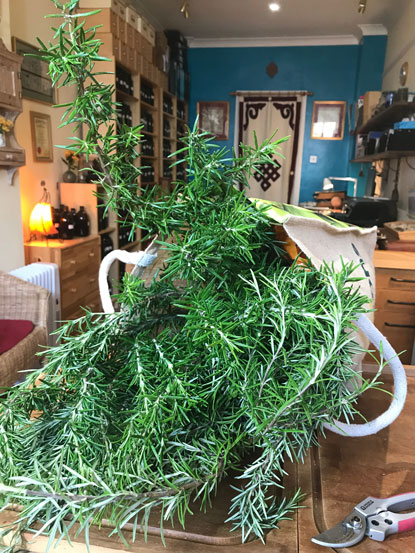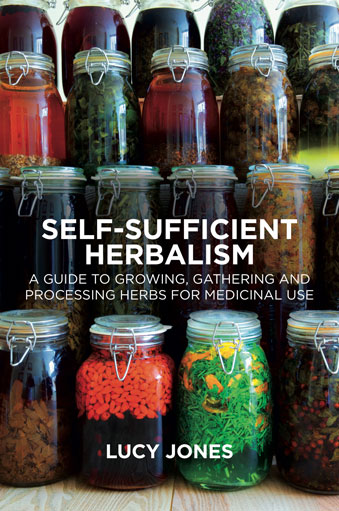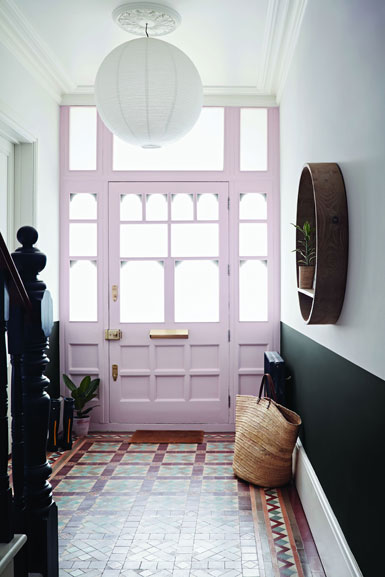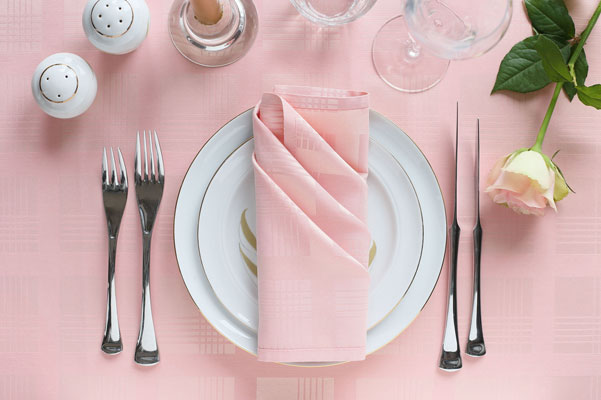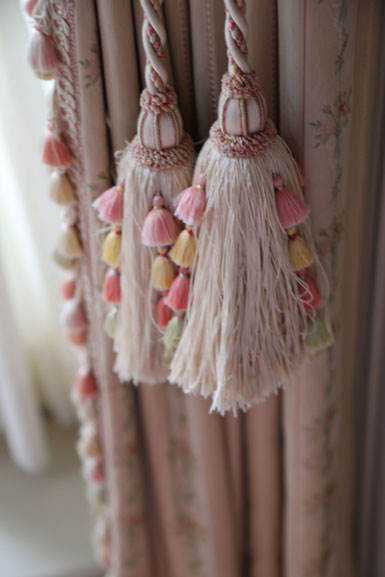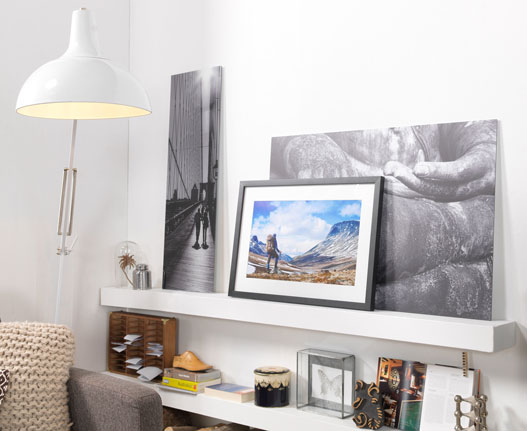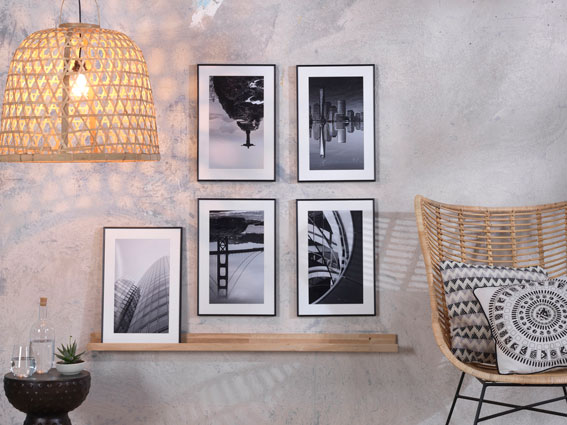From waterfalls in Yorkshire to glacial fjords in Ireland, there are so many amazing places for some al fresco exercise.
This year, many swimming fanatics have had to find new ways to get their fix.
Indoor pools are soon to be reopened in the UK and many have already opened their doors in Ireland, but it seems there’s been a surge in the popularity of wild swimming recently – with people falling in love with the outdoorsy, brisk nature of the sport.
Whether it’s lakes, rivers or pools, there are plenty of health benefits to an al fresco approach to swimming – the cold water is said to release endorphins, which can help boost your mood, and help improve circulation.
Your body has to work harder to stay warm in the cold water, meaning you burn more calories, and studies have shown it can even lower your blood pressure.
You have to be particularly careful when swimming in open bodies of water. Check any currents before getting in – even shallow sections of fast-flowing water can knock you off your feet – check the depth of the water first, be careful not to get too cold and never swim alone.
Here are some of the most beautiful places across the UK and Ireland to connect with nature and dip your toes in the water…

1. Sgwd Gwladys, Neath, Wales
You might think waterfalls are the kinds of things you only really stumble across on holidays to far-flung places, but there are actually plenty closer to home. Known as ‘Lady Falls’, Sgwd Gwladys is like something out of a storybook with a 10m high waterfall gushing into a plunge pool, surrounded by a serene forest.

2. Kisdon Force, England
If Lady Falls piqued your interest in waterfalls, next you could visit Kisdon Force in Yorkshire. This has not one, but two waterfalls nearby – one is 5m high and the other 12m. Located in a gorge, Kisdon Force is surrounded by a woodland area, making it feel extra peaceful.
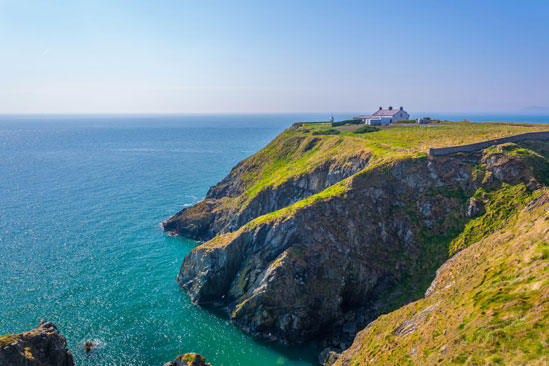
3. Howth, Ireland
A coastal village not far from Dublin, Howth is surrounded by rocky paths leading to plenty of perfect spots to jump into the sea. In fact, it’s so geared towards wild swimming some of the rocky outcrops even have diving boards built onto them. However, it’s very stony so be careful getting in and out.
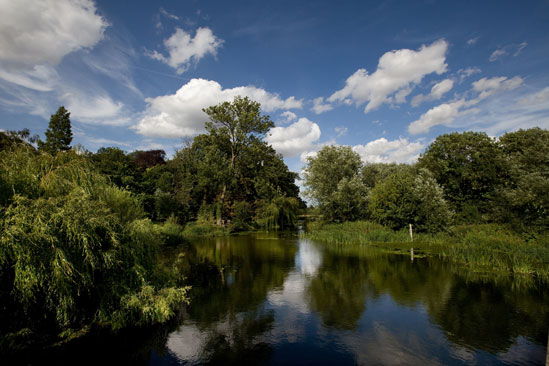
4. Grantchester Meadows, England
You can find Grantchester Meadows on the River Cam in Cambridgeshire. It’s the perfect spot to access the river and do a bit of swimming, surrounded by leafy trees and grassy banks. There’s plenty of space to choose from along the two-mile stretch and occasional opportunities for diving.
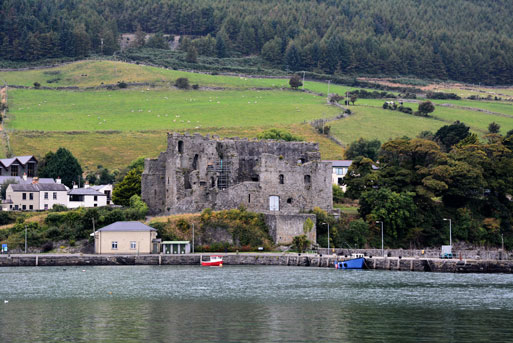
5. Carlingford Lough, Ireland
Carlingford Lough is a glacial fjord, so don’t expect balmy temperatures, but you can rely on the water being crystal clear. It forms part of the border between Northern Ireland and the Republic of Ireland, and during your swim you can marvel at the Mourne Mountains on one side and the medieval buildings of Carlingford on the other.
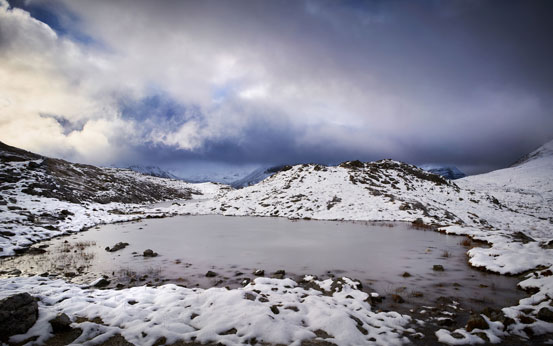
6. Allt Daraich, Scotland
These pools can be found close to the remote settlement of Sligachan on the Isle of Skye. The rocky pools are clear and blue-green in colour, and it’s the perfect place if you’re looking for seclusion.

7. Carrick-a-Rede, Northern Ireland
This is one of the more advanced options on the list, but is worth it for the breathtaking scenery. Carrick-a-Rede is famous for its rope bridge between two sheer cliff faces, and this 1km route gives you a different view of the landmark. Adventurous (and experienced) swimmers can paddle across Larrybane Bay and underneath the iconic bridge, taking a rest on Carrick-a-Rede island at the end.

